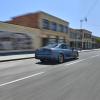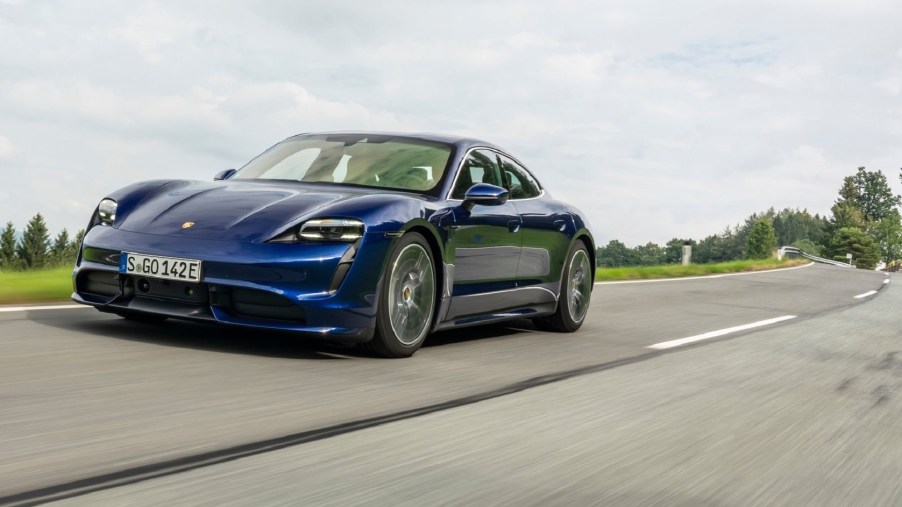
The Porsche Taycan Turbo Is a Better GT Than the 911 Turbo S
Besides its better-than-reported range, the Porsche Taycan is an impressive car, not just an impressive EV. However, even though it’s not electric, the 911 has traditionally been the German automaker’s centerpiece. Especially the Porsche 911 Turbo S, which packs supercar-level performance. But, as YouTube team The Straight Pipes describe, the EV may have caught up with the iconic sports car.
2021 Porsche Taycan Turbo vs. 911 Turbo S
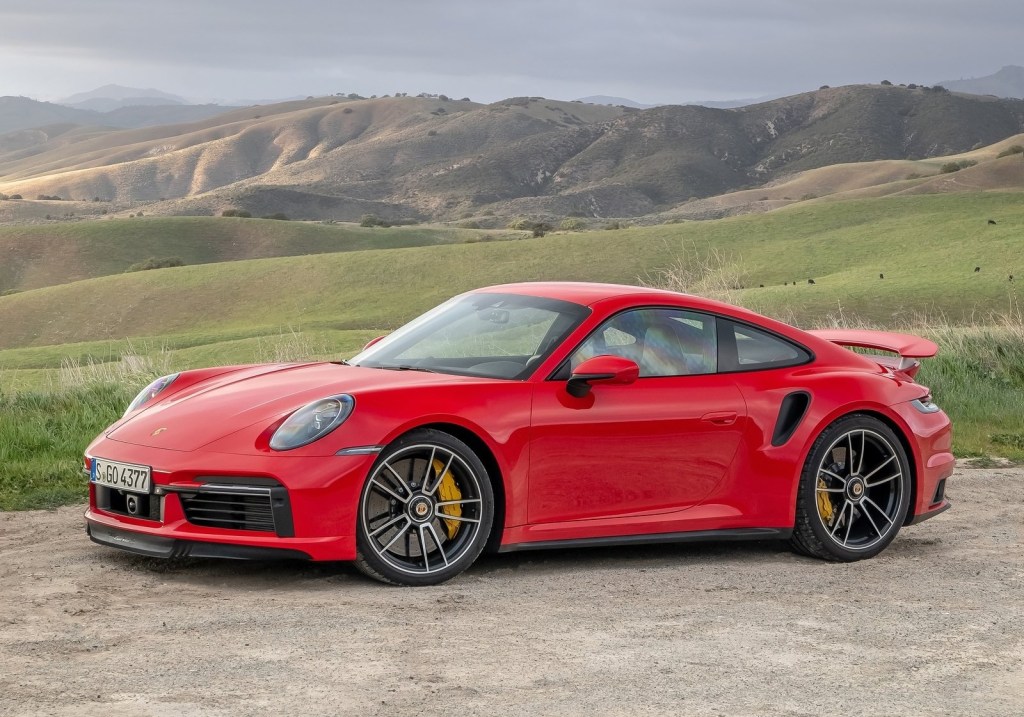
Performance-wise, the 2021 Porsche 911 Turbo S is certainly no slouch. It has a 3.7-liter twin-turbocharged flat-six engine, rated at 640 hp and 590 lb-ft. With an 8-speed dual-clutch automatic and standard all-wheel drive, Car and Driver reports the 911 Turbo S can do 0-60 in 2.6 seconds.
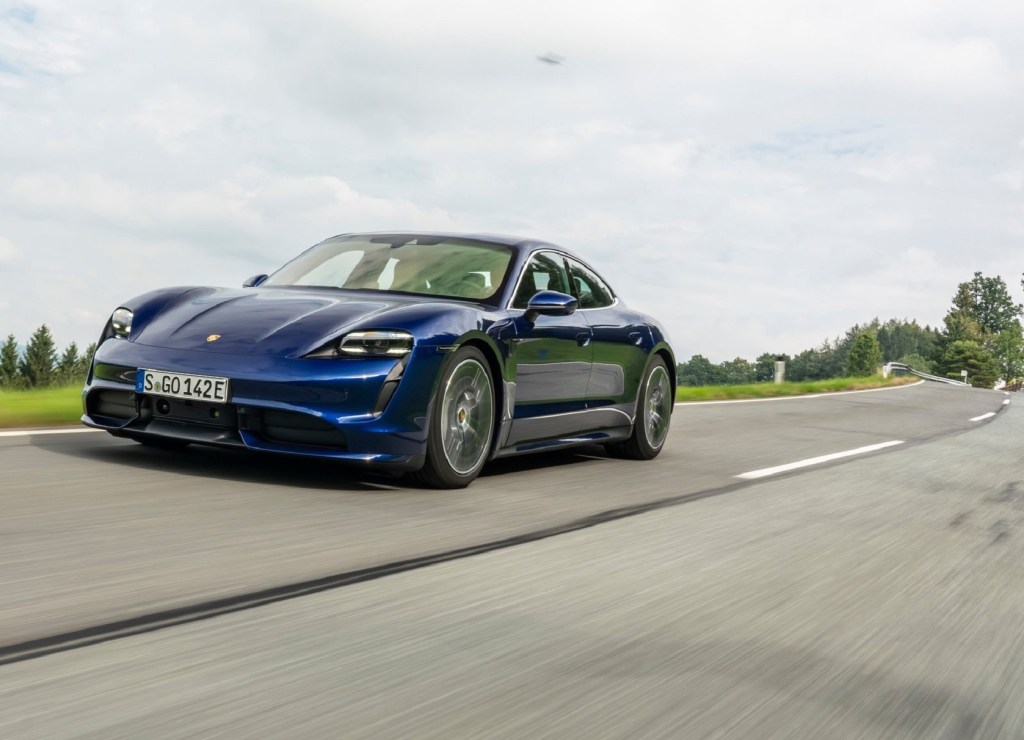
The Porsche Taycan Turbo, though, is even more powerful—briefly. Normally, the Taycan Turbo’s dual electric motors produce 616 hp, Roadshow reports. But during ‘overboost,’ that jumps up to 670 hp. The Turbo S trim bumps that up to 750 hp. The Taycan, though, does weigh more than the 911, so the Turbo model can ‘only’ do 0-60 in 3 seconds.
However, 0-60 times aren’t necessarily relevant in real-world scenarios. The rolling 5-60 time is a better performance comparison, especially for highway merging. And with no turbos to spool, the Porsche Taycan Turbo is likely faster. The Turbo S did 5-60 in 2.9 seconds in Car and Driver’s testing. Meanwhile, the previous-gen, less powerful 911 Turbo needed 3.5 seconds, despite going 0-60 in 2.6 seconds, Car and Driver reports.
But it’s not just in speed where the two cars are similarly matched. True, the Porsche 911 Turbo S has a few extra standard features, Motor Trend reports and offers an optional sports exhaust. But the Porsche Taycan Turbo can be equipped with the same active suspension and anti-roll bars, and the same rear-axle steering and improved power steering, Autoblog reports. However, the Taycan Turbo doesn’t have standard carbon-ceramic brakes like the 911 Turbo S.
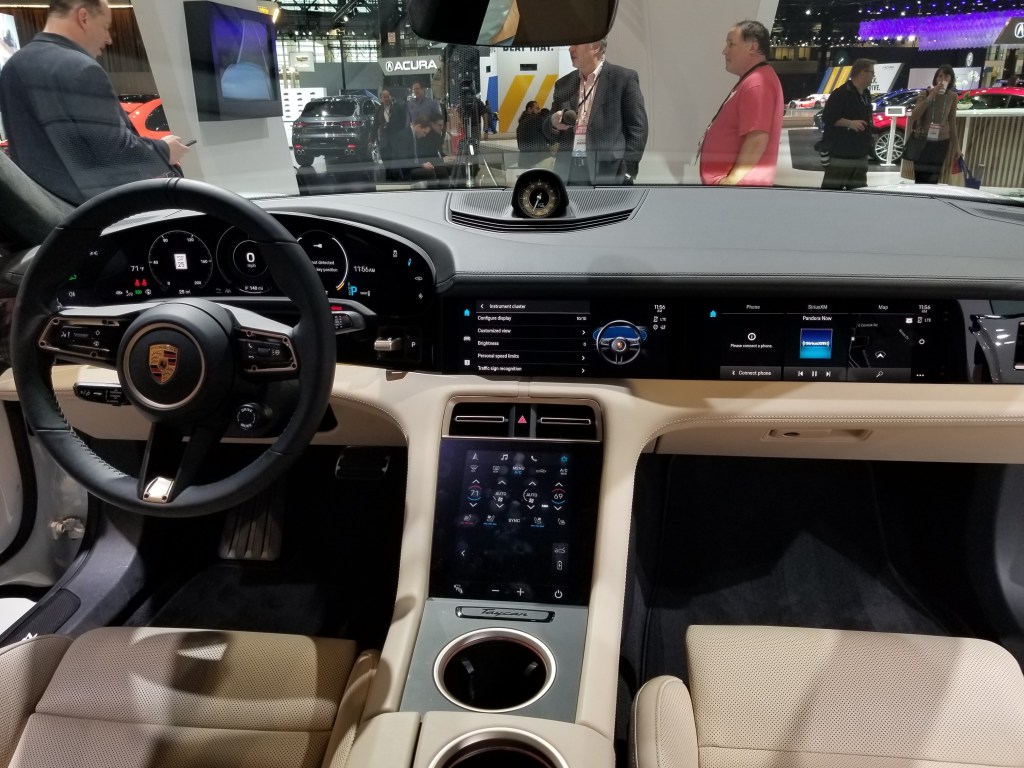
The similarities include the non-sporty features. Both the Porsche Taycan Turbo and 911 Turbo S offer Apple CarPlay, lane-keeping assist, automatic emergency braking, and WiFi. The 911 Turbo S doesn’t have the Taycan’s multiple digital displays, though.
What makes the Porsche Taycan Turbo the better GT?
To clarify, ‘GT’ in this context doesn’t refer to Porsche’s GT models. Those are hardcore track cars. Outside of Porsche, though, ‘GT’ means ‘grand tourer,’ a sporty car that’s also luxurious and comfortable over long distances. Which may be somewhat odd to apply to an EV like the Porsche Taycan Turbo. However, compared to the 911 Turbo S, it is the better touring car.
For one, the Taycan is a proper 4-door sedan. And even with a tall driver, The Straight Pipes report there’s enough room in the back for adult passengers. In contrast, Car and Driver reports the 911 Turbo’s rear seats are best suited for children or cargo.
Secondly, Autoblog reports the Porsche Taycan is arguably more composed than the 911 Turbo. It’s not quite as sharp as the 911. However, its extra weight is carried low and distributed evenly, meaning it corners flat, and rides more comfortably. Roadshow calls it “a lovely tourer.” Plus, it’s also quieter than the 911.
That lack of sound also makes the Taycan’s acceleration even more dramatic. In fact, that’s one of the reasons why The Straight Pipes prefer it over the 911 Turbo S. There’s no lag, just a futuristic woosh, and all of a sudden, you’re speeding.
Finally, the Porsche Taycan Turbo is cheaper than the 911 Turbo S. The former starts at just under $151,000. But the 911 Turbo S costs $203,500. Even the base Turbo, Car and Driver reports, will likely be more expensive than the Taycan Turbo.
Does the 911 have any advantages?
If the Porsche Taycan Turbo is the better tourer, the 911 Turbo S is the more exciting sports car. MT calls it “eager” and “alive.” Its adaptive suspension is somewhat stiff, Car and Driver reports. But that, plus the AWD, means it clings to the road in corners, the rear-axle steering sharpening its responses. And the steering is very communicative and direct, Automobile reports.
However, $200,000+ is quite a bit of money. And while the 911 Turbo S is very fast, the cheaper Taycan Turbo can match it. Plus, if you want a Porsche sports car, the 911 Carrera 4 can be equipped with many of the Turbo S’ features. And not only will it be cheaper, but you can also get it with a manual.
Follow more updates from MotorBiscuit on our Facebook page.


